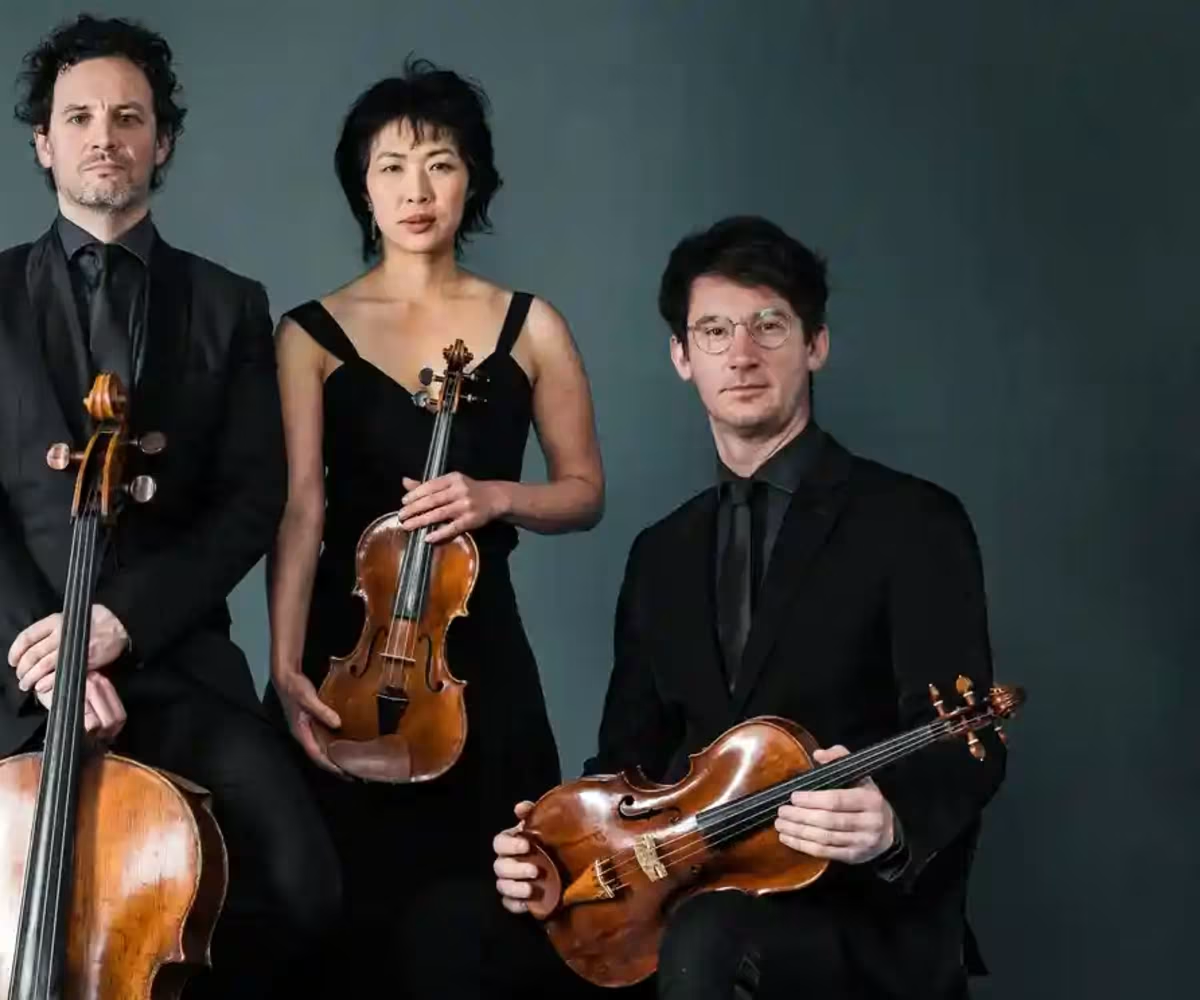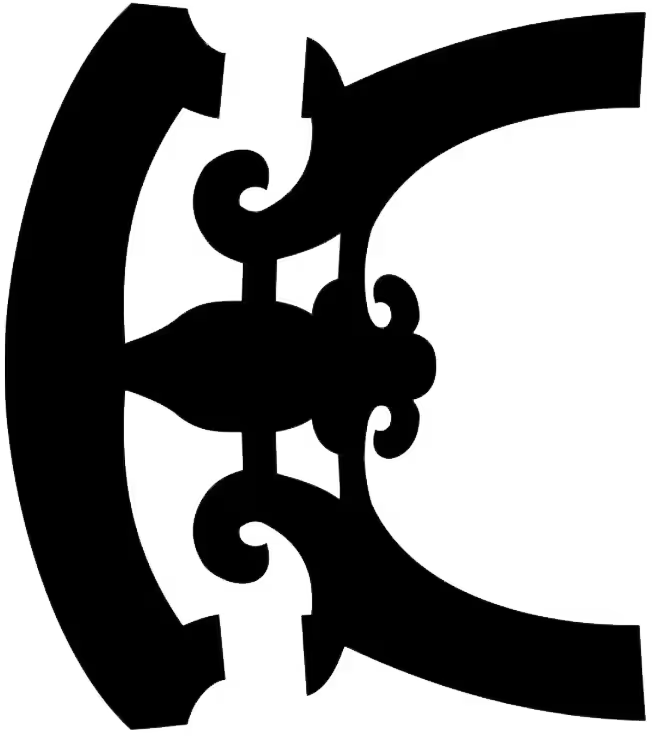Sakuntala Trio
Schubert Complete(d) Trios
World Premiere Performance of Schubert’s Trio D471

 Supported by a grant from Continuo Foundation
Supported by a grant from Continuo Foundation
"The first trio (D.471) would probably have had four movements too, if Schubert had finished it. But after the first movement he penned only a first section of the slow movement, then abandoned the work, without apparent reason. Perhaps his fertile imagination was already buzzing with ideas for the Fifth Symphony, which in any case claimed his attention in a matter of days as it was begun in the same month. What Schubert left of his Andante sostenuto amounts to a complete first section, comprising two statements of its theme, the first leading away from its key and embracing a few moments where the sky darkens in a dialogue of violin and cello around a throbbing viola, before the key is resumed for the second statement, which duly closes in a formal cadence – at which point Schubert lays down his pen.The sound world of Purcell’s Fantasias for three is the red thread of clean counterpoint, and akin to the pictures in an exhibition promenades, it takes the listener from one trio to the next in a perfect circle.
This gem of a fragment, suggesting to me - though unobtrusively - an acquaintance with Mozart’s Divertimento for string trio, cried out for completion. That, I concluded, would best be done by adding a contrasting central section, followed by a return of the first section, the result being a simple ternary form. In realising this plan I learned a simple lesson from the slow movement of the Fourth Symphony, finished just five months earlier, where Schubert carries forward elements of the middle section to enrich the returning first section. I also added a short coda fusing elements from both sources. Given that the Schubert repertoire for the trio group is so slender, and confined to the ‘prentice years’, I took it upon myself in this instance to turn a half-work into a complete one, doing so according to principles as Schubertian and rational as possible."
 Amaryllis Concerts
Amaryllis Concerts Sat, 18 May 2024
Sat, 18 May 2024 St Augustine's Church, Croydon
St Augustine's Church, Croydon 6:30pm
6:30pm £5
£5
Full Event Details

The upcoming concert presents the audience with a compelling new approach to the string trios written by Franz Schubert in 1816/17 during his short but unique phase of relating to Mozart’s compositions. Drawing its “speaking with the bow” approach based on crisp rhetorics and articulation, instead of a singing style, rendered on raw gut strings with period and baroque bows, the fresh approach offers a transparency to the musical text and most likely the sonority the composer had in mind at the time of writing this music. The previously unknown completion of the D471 B-flat trio by the Schubertian scholar Prof. Brian Newbould is to be heard for the first time in public, 20 years after its publishing. In his own words:
"The first trio (D.471) would probably have had four movements too, if Schubert had finished it. But after the first movement he penned only a first section of the slow movement, then abandoned the work, without apparent reason. Perhaps his fertile imagination was already buzzing with ideas for the Fifth Symphony, which in any case claimed his attention in a matter of days as it was begun in the same month. What Schubert left of his Andante sostenuto amounts to a complete first section, comprising two statements of its theme, the first leading away from its key and embracing a few moments where the sky darkens in a dialogue of violin and cello around a throbbing viola, before the key is resumed for the second statement, which duly closes in a formal cadence – at which point Schubert lays down his pen.
This gem of a fragment, suggesting to me - though unobtrusively - an acquaintance with Mozart’s Divertimento for string trio, cried out for completion. That, I concluded, would best be done by adding a contrasting central section, followed by a return of the first section, the result being a simple ternary form. In realising this plan I learned a simple lesson from the slow movement of the Fourth Symphony, finished just five months earlier, where Schubert carries forward elements of the middle section to enrich the returning first section. I also added a short coda fusing elements from both sources. Given that the Schubert repertoire for the trio group is so slender, and confined to the ‘prentice years’, I took it upon myself in this instance to turn a half-work into a complete one, doing so according to principles as Schubertian and rational as possible."
The sound world of Purcell’s Fantasias for three is the red thread of clean counterpoint, and akin to the pictures in an exhibition promenades, it takes the listener from one trio to the next in a perfect circle.
Venue Details & Map

Location
St Augustine's Church, Croydon
St Augustine's Avenue, South Croydon, CR2 6BA, United Kingdom

